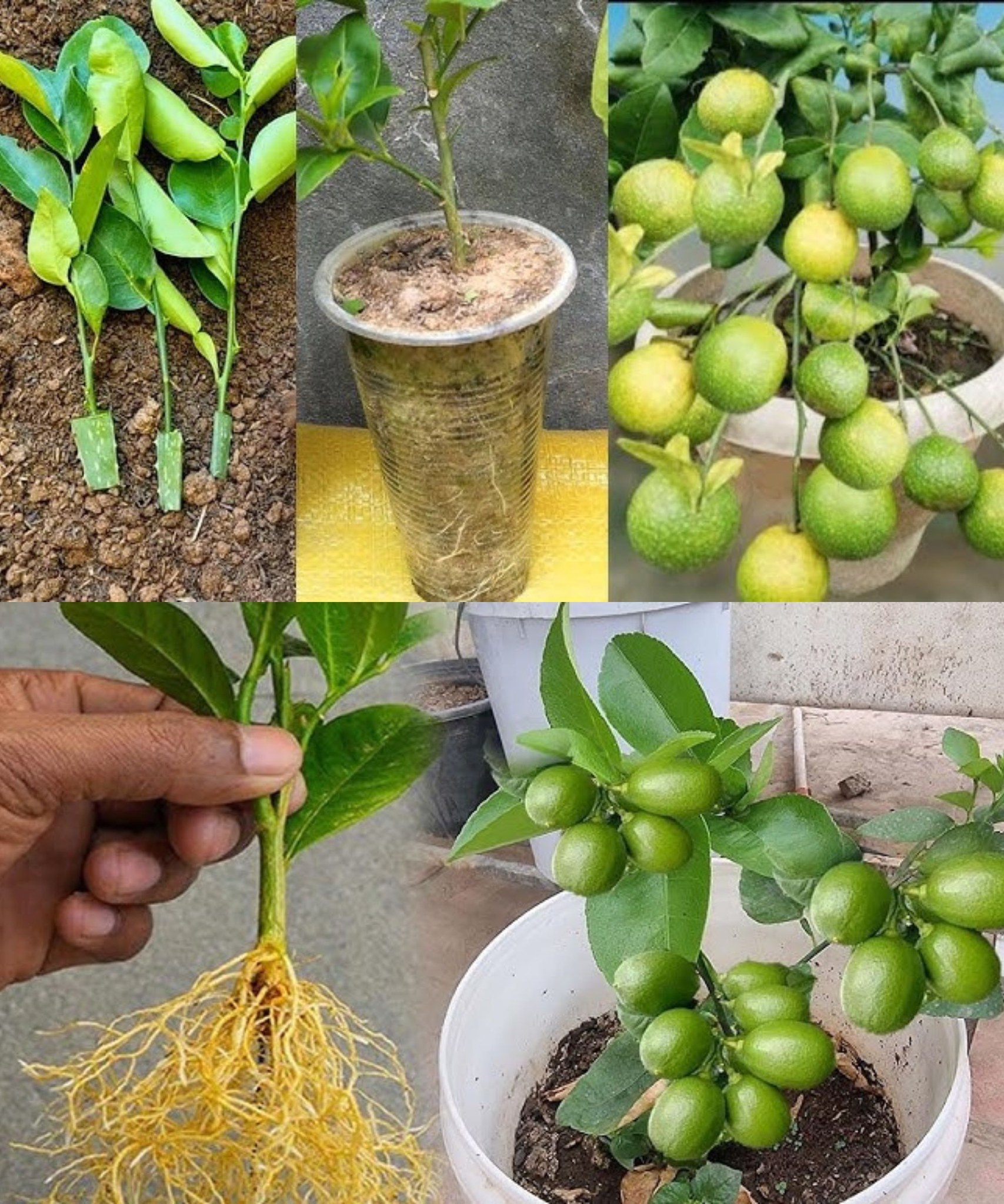
Do you dream of plucking fresh, sun-kissed lemons from your own backyard? Imagine the joy of picking these vibrant, citrus gems whenever you need them, for a refreshing glass of lemonade, a zesty touch to your recipes, or even for their natural air freshening abilities. With the right knowledge and care, you can turn this dream into a reality by mastering the art of growing lemon trees at home. In this article, we will guide you through the steps to successfully cultivate and maintain your own lemon tree, adding a touch of zest to your home garden.
1. Choosing the Right Lemon Tree Variety
Before you embark on your lemon-growing journey, it’s essential to choose the right variety for your location and climate. Some popular lemon tree varieties suitable for home cultivation include Eureka, Lisbon, and Meyer lemons. Depending on your region’s temperature and available space, you can select a variety that thrives in your specific conditions.
2. Ideal Growing Conditions
Lemon trees thrive in warm, sunny climates, but they can also be grown in pots or containers, making them adaptable for various environments. Here are some key considerations for providing the best growing conditions:
- Sunlight: Lemon trees require plenty of sunlight, ideally around 8-12 hours of direct sunlight per day. Place your tree in a spot with maximum sun exposure.
- Soil: Well-draining, slightly acidic soil is essential for lemon trees. You can create the right soil mixture by blending garden soil with organic matter like compost or peat moss.
- Container vs. Ground Planting: If you don’t have a suitable outdoor space, consider growing your lemon tree in a large pot or container. This allows you to control the soil quality, drainage, and mobility of the tree.
3. Proper Watering
Lemon trees prefer consistent moisture but can’t tolerate waterlogged soil. Water your lemon tree deeply and regularly, allowing the soil to dry out slightly between waterings. Be cautious not to overwater, as this can lead to root rot.
4. Fertilization and Pruning
Regular fertilization during the growing season (spring and summer) is essential to ensure healthy growth and fruit production. Use a balanced citrus fertilizer and follow the package instructions. Pruning is also necessary to remove dead or diseased branches and shape the tree for better air circulation and sunlight exposure.
5. Pest and Disease Management
Keep an eye out for common pests like aphids, mealybugs, and scale insects, which can infest lemon trees. Use organic pest control methods or insecticidal soap to manage these pests. Additionally, monitor your tree for signs of diseases such as citrus canker or fungal infections, and take appropriate measures to prevent or treat them.
6. Harvesting Your Lemons
The reward for your patience and care will be the harvest of delicious, homegrown lemons. Wait until the lemons are fully ripe and have developed their vibrant color. Gently twist or cut them from the tree to avoid damaging the branches. Freshly picked lemons are perfect for a wide range of culinary delights.
In conclusion, cultivating a lemon tree at home can be a rewarding and refreshing experience. With the right variety, growing conditions, and care, you can enjoy a bountiful harvest of lemons that will add a zesty twist to your culinary creations and bring a touch of the Mediterranean to your backyard. So, roll up your sleeves, embrace your inner green thumb, and embark on the journey of growing lemon trees at home. It’s time to savor the fruits of your labor, one citrusy bite at a time.